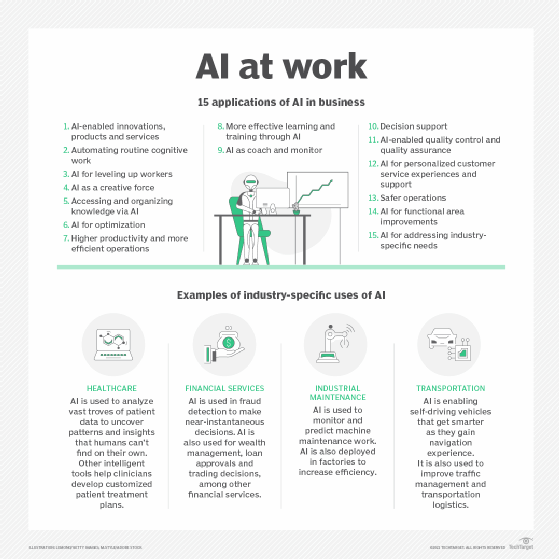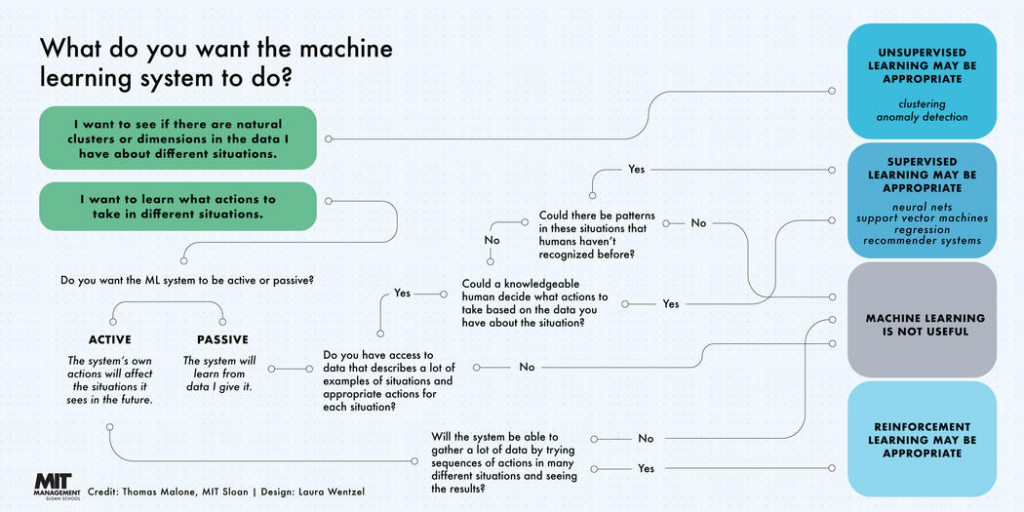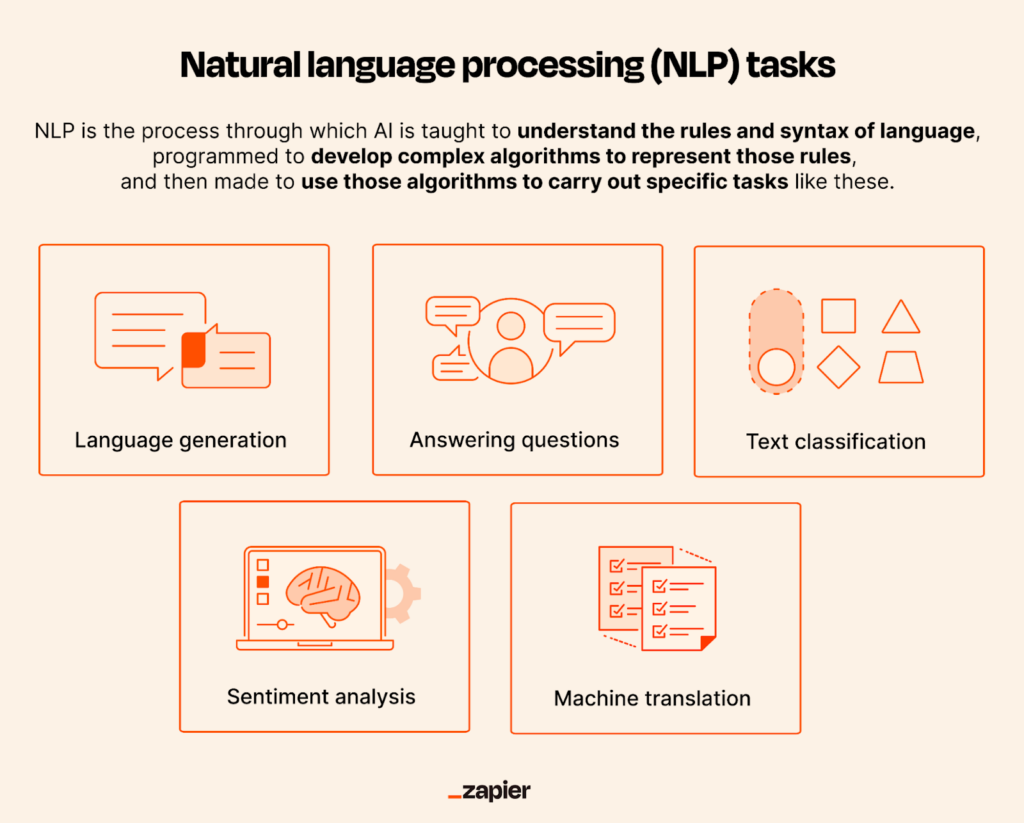Show:
AI-Driven Development: Navigating the Path to Innovation
AI-driven innovation is reshaping the way businesses generate and develop ideas, leveraging technologies such as machine learning, natural language processing, and deep learning.
In this article, we’ll discuss how AI (artificial intelligence) helps businesses analyze data, predict market trends, automate idea generation, and make informed decisions.

Key Takeaways
- AI-driven innovation empowers businesses by leveraging technologies like machine learning, natural language processing, and deep learning to analyze data, predict market trends, automate idea generation, and make informed decisions.
- Balancing AI outputs with human effort is essential for maximizing the benefits of AI-driven innovation.
- AI-driven development revolutionizes software development by enhancing code analysis, offering real-time optimization, and supporting collaborative development.
- Challenges related to data privacy, intellectual property, and the learning curve must be carefully navigated when implementing AI-driven innovation.
- Embracing AI-driven development can unlock transformative opportunities for businesses, improving efficiency, quality, and competitiveness.
Understanding AI-Driven Innovation
Understanding AI-driven innovation is your pathway to unlocking vast potential in your business’s approach to generating, developing, and refining ideas. It’s not about replacing human creativity, but instead, empowering it.
Picture this: AI tools, fed with vast amounts of data, combine, refine, and alter pre-existing ideas. Your business could be at the forefront of true innovation.
Take a moment to consider the immense value AI could bring. It could streamline your innovation process, predict market trends, simulate complex problems, and even offer suggestions for improvement.
AI has the potential to enhance your business’s productivity and competitiveness. But remember, it’s crucial to balance AI outputs with human effort for the best results.
Applications of AI in Innovation

AI can be leveraged to analyze vast amounts of data, reveal hidden patterns, and generate solutions to complex problems more efficiently.
Here are some applications of AI in innovation:
- Predictive analytics: AI can analyze customer data and generate insights to predict market trends, allowing businesses to make proactive decisions. For example, AI can use historical sales data, customer demographics, and purchasing behavior to predict which products will be in high demand in the future.
- Automated idea generation: AI algorithms can analyze large amounts of existing data, such as product reviews or customer feedback, to generate innovative ideas. It can identify frequently mentioned pain points or gaps in the market to suggest potential solutions. For instance, AI-powered assistants and chatbots like Arvin Chat can analyze customer conversations and provide suggestions for improving products or services based on customer needs.
- Decision-making support: AI can assist in decision-making processes by collecting and analyzing relevant data. This can help businesses make informed decisions about product features, pricing, or marketing strategies. For example, AI can aggregate data from multiple sources like social media, consumer surveys, and competitor analysis to provide a comprehensive understanding of customer preferences and market trends, enabling businesses to refine their strategies accordingly.
From product development to market strategy, AI offers numerous opportunities to innovate and transform your business.
The Benefits of AI-Driven Innovation
In addition to its applications in your business, AI-driven innovation offers a plethora of benefits that can truly transform how you operate.
It increases efficiency by streamlining processes and automating tasks. This leads to substantial cost savings and allows you to process large volumes of data quickly. You’ll find better solutions to challenges and boost your competitiveness in the market.
But it’s not just about efficiency. AI-driven innovation revolutionizes your offerings, allowing you to create personalized, effective products, services, and experiences. It can help you anticipate market trends and analyze the moves of your competitors.
Challenges of AI-Driven Innovation
While the benefits of AI-driven innovation are substantial, navigating its challenges is equally crucial for your business’s success. These are the challenges:
- Data Privacy: AI relies heavily on data, raising privacy concerns. You must implement robust privacy policies and use AI solutions that prioritize data security.
- Intellectual Property Rights: AI opens a minefield of potential legal issues. You must ensure ideas generated don’t infringe on existing patents or trademarks.
- Learning Curve: Mastering AI-driven innovation isn’t a walk in the park. It requires time, resources, and a willingness to learn.
Key Technologies in AI-Driven Development
These are the key technologies shaping AI-driven development:
Machine Learning (ML)

ML is the core technology in AI-driven development. It uses algorithms and statistical models to enable computers to learn from data and make predictions or decisions without explicit programming. ML algorithms can identify patterns, detect anomalies, and uncover hidden insights in large datasets, enabling businesses to automate tasks, improve efficiency, and make data-driven decisions.
Natural Language Processing (NLP)

NLP focuses on enabling computers to understand and respond to human language. It involves speech recognition, text analysis, language translation, and sentiment analysis. NLP technology allows systems to effectively interact with users through voice assistants, chatbots, and virtual agents, improving customer experiences and automating language-dependent tasks like customer support or content moderation.
Deep Learning (DL)

DL is a subset of ML that represents neural networks with multiple layers to simulate the human brain’s way of processing information. It excels at recognizing complex patterns and solving problems that require a high degree of abstraction.
DL powers applications like image and speech recognition, autonomous vehicles, and recommendation systems. It has significantly improved the accuracy and performance of AI systems in various domains.
These technologies create smarter applications that can learn, adapt, and possibly even reason.
AI’s Impact on Software Development
Let’s delve into how AI is transforming the landscape of software development. AI has made a significant impact, revolutionizing the way you design, build, and test software.
- Efficient Code Analysis: AI can analyze large chunks of code, detecting bugs and suggesting improvements. This not only accelerates your work but also enhances code quality.
- Real-Time Optimization: AI-powered tools can anticipate issues and optimize software in real-time. This means your software adapts and improves as it runs.
- Collaborative Development: AI isn’t replacing you, but collaborating with you. AI assistants can help generate code, allowing you to focus on the bigger picture.
In short, AI is your co-pilot in the journey of software development, driving increased efficiency and quality.
Conclusion
AI-driven innovation holds tremendous promise for businesses, revolutionizing how they operate, create, and compete.
By leveraging AI technologies like ML and NLP, businesses can unlock insights, streamline processes, and develop personalized offerings. However, navigating challenges related to data privacy, intellectual property, and the learning curve is crucial.
As AI continues to shape software development, it becomes an invaluable co-pilot, improving efficiency and code quality. By embracing AI-driven development, businesses can truly unlock the transformative power of innovation.

 Return to Previous Page
Return to Previous Page








